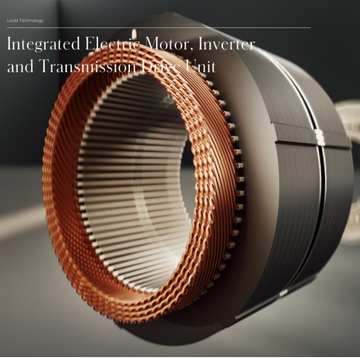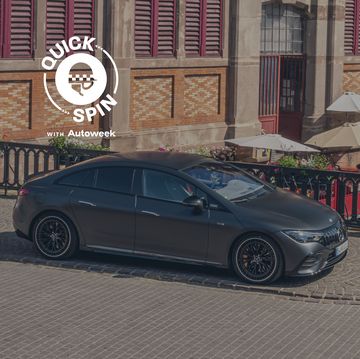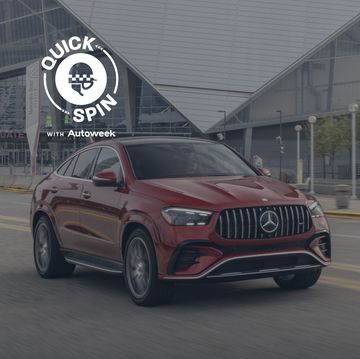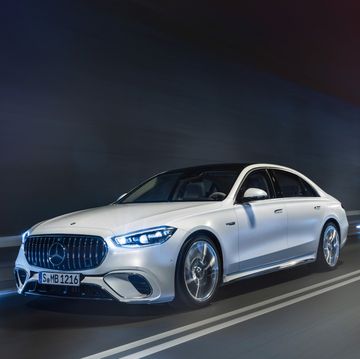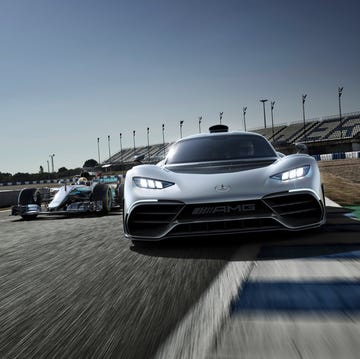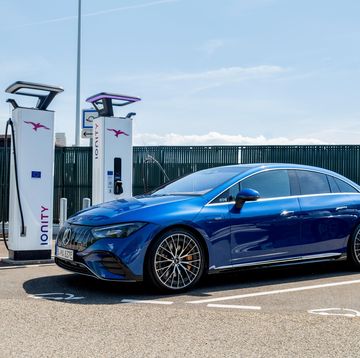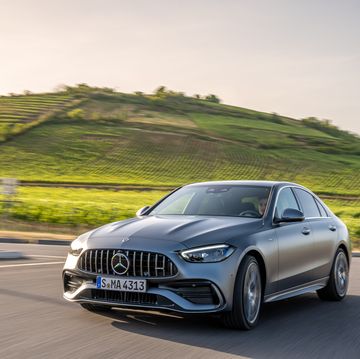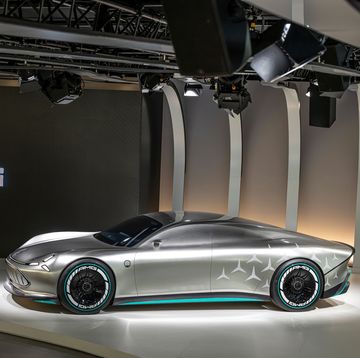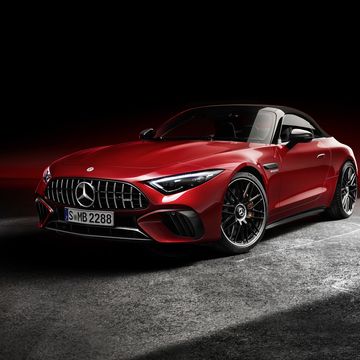- The 2024 AMG S 63 E Performance incorporates more technology than most spacecraft.
- The most impressive thing may be the F1 battery that powers the car’s hybrid components, packing 13.1 kWh of electricity.
- Otherwise the S 63 is a hearty, if hefty, performer, providing a surprising amount of fun for something this large and comfortable.
If you could only have one AMG product—and such a limit is the stuff of nightmares, we know—you might want to pick this one. The Mercedes-AMG S 63 E Performance is quite literally the S-Class of AMGs. It offers all the luxury of the mighty S-Class juggernaut, with all the performance AMG could possibly cram into it.
The heart of the beast and the main technological draw is the hybrid powertrain, specifically, the battery. Though it’s not just a battery: It’s a “High Performance Battery,” as in Formula 1 high-performance. F1 cars have hybrid technology and AMG says this one has it lifted directly from Lewis and George’s cars.
The most impressive thing about the HPB may be the way it’s cooled. Some electric cars and hybrids just use plain old air to cool their power packs. Most use liquid to cool one end of the batteries—even high-tech Lucid only cools one end of its cylindrical electric storage devices.
But this battery pack surrounds all 1200 cells, literally bathes them, with almost four gallons of coolant to maintain an optimal and near-constant temperature of 113 degrees F. This not only prolongs their useful lives and masters the art of thermal management, but makes them considerably more efficient.
Thus, AMG tells us, the HPB 150 in this S 63 E packs 13.1 kWh using the same technology its F1 team does to get 6.1 kWh into an F1 car. The result is a combined system output of 791 hp and—brace yerself Hulga—1055 lb-ft of torque. There are pickup truck owners who would sell their souls for those figures, luxury sedan makers, too.
“The focus of the powertrain is less on electric range and more on best-in-class performance,” AMG says.
Indeed. The resulting performance is expressed in a 0-60 mph time of 3.2 seconds and a feel on a curvy road that perfectly masks the estimated 5721-pound (Euro specs) curb weight of an S-Class.
A few specifics:
- The 4.0-liter twin-turbo V8 alone makes 603 hp and 664 lb-ft of torque. That engine sits longitudinally in front under the hood and drives all four wheels through Mercedes’ 4Matic AWD. It’s mated to a nine-speed automatic.
- Added to that is the permanently excited (as you will be) electric motor sitting at the rear axle making a continuous output of 94 hp and a peak output of 188 pferde for 10-second bursts. The motor is integrated into a two-speed transmission and an electronically controlled limited-slip diff at the rear axle that altogether make up the car’s electric drive unit, or EDU. The two-speed gearbox shifts up automatically at 87 mph.
- There are four stages of regenerative braking available via a steering wheel-mounted button, from complete disengagement all the way down to one-pedal driving, the latter wherein you might not ever need to use the brake pedal.
- There are seven AMG Dynamic Select driving modes: Electric, Comfort, Battery Hold, Sport, Sport+, Slippery, and Individual.
How does it all drive? About like your typical AMG-spec automobile, but a little heavier. I got to spend a day tooling around the hills of Malibu on some of the best roads Southern California has to offer.
AMGs have a distinct approach to handling: They essentially wrestle their mass into submission using electronics. The response to accelerator and brake pedal are, at first, jumpy, but you get used to it quickly enough. The most noticeable difference with an AMG, in my opinion, is the somewhat intrusive use of active anti-roll bars. These make cornering just about flat, which some people like.
But if you grew up hustling poorly engineered first-gen Mustangs and Camaros around corners, or just about anything that leaned excessively while making skinny tires squeal in agony, then driving something this big, this heavy, and this completely and totally controlled will be a bit of a departure. Me, I miss some of that body roll.
But you can add it back in. You can adjust the car’s behavior through manipulation of its Dynamic Controls, specifically electronic stability control, AWD, and that eLSD. Driving modes can be set to: Comfort, Electric, Sport, or Sport+. The AMG Ride Control+ adjusts the stiffness of the air suspension’s automatic level control and adaptive adjustable damping.
Likewise, AMG Ride Control can set up that 48-volt anti-roll bar to your liking. That’s a lot of variables, like setting up a race car full of electronics. Play around with them and see if you can find the setup you like.
It didn't take long before I was finding it surprisingly enjoyable for such a heavy car. I particularly liked the rear-axle steering in parking maneuvers but noticed that it helped control the big brute in higher-speed corners, too. With the ride mode set to Sport, and shifting manually, I was having a pretty good time.
Once you get used to the curb weight, you can feel comfortable throwing it into just about any corner and then either trying to steer it through using only talent, or just relaxing and letting the electronics handle everything. It’s not completely foolproof, but it’s close. The car goes on sale here at the end of the year, with pricing announced about that same time. But expect to pay well into the six figures. It will be worth it.
Can something this big and this heavy still be fun to drive? Tell us in the comments.





